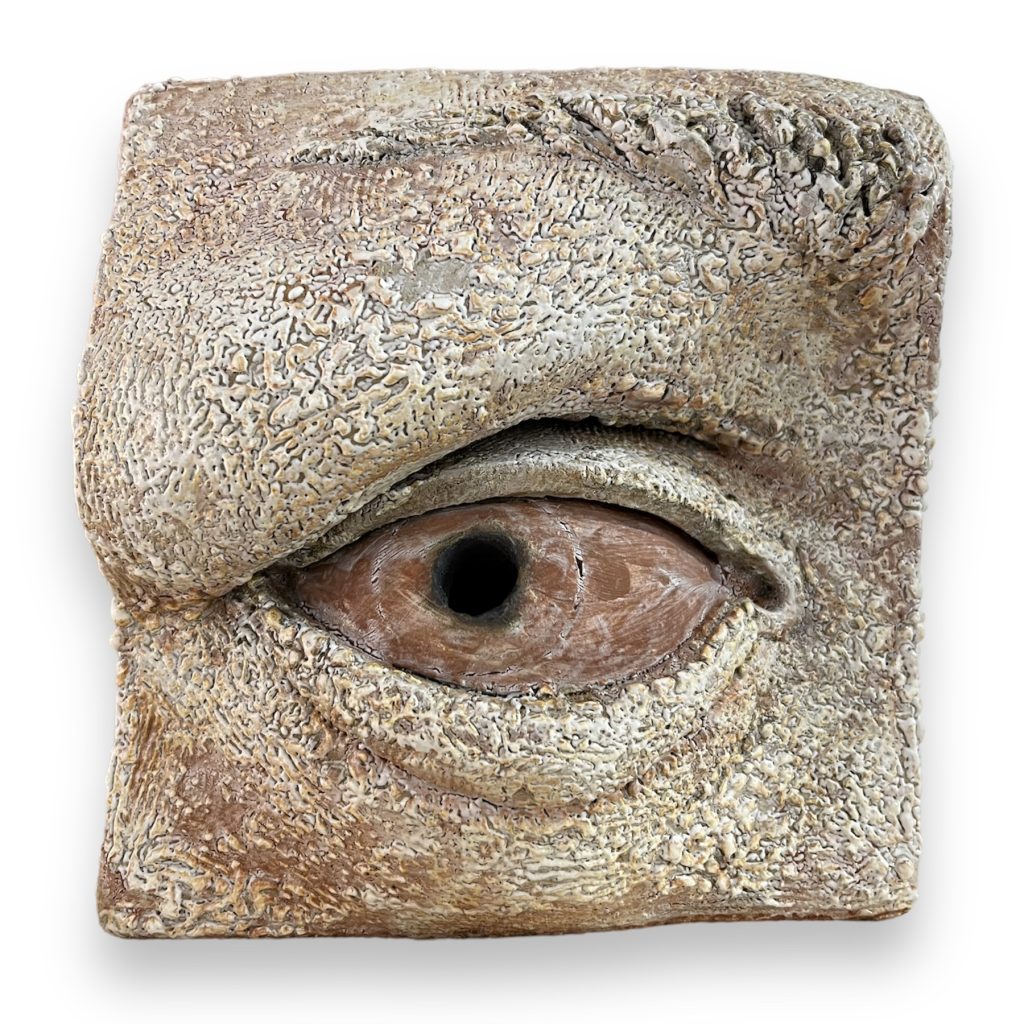
Ana Rosenzweig
Ana Rosenzweig has been drawing the human figure for over 20 years, and started to work with clay in 2001. In 2002, a book of her poems was published in Mexico and presented alongside a series of ceramic sculptures related to the subject of the book: water. From the artist’s perspective, Water in motion is like time made visible. Long immersions in it change the physical shape of both living beings and inanimate objects. Rounding corners, softening thorns and edges, changing their surfaces and moving them further on to a different stage. As the original shape remains at heart and is still visible like a ghost to the form, the object will be constantly renewed, perhaps will even get a new name: it is graced with a further chance in existence.
The artist considers our appreciation of reality to be essentially fluid. Views on the outside world will differ along the days, while we wonder how to relate to endless change, submerged in time as we are. Her pieces are meant to be a reminder of the mysteries of time, space and transformation; we all still carry in our own blood a vestigial remnant of this watery cradle.
Her work has been awarded First and Honorary prizes at the Second Utilitarian Ceramics Biennale, Franz Mayer Museum in Mexico City, a First Prize at the Sydney Fund Ceramics Award in Shepparton, Australia, a Honorary Mention at the 2007 Fourth CEBIKO in Icheon, Korea, Honorary Mentions at the 2008 and 2009 International Figurative Painting and Sculpture Competitions organized by the Fundación de las Artes y los Artistas in Barcelona, Spain. She has been honored with a grant by the National System for Art Creators, FONCA-CONACULTA, Mexico, and in 2013 one of her pieces was singled out with a First Prize at the 7th Nassauische Sparkasse Ceramics Talent Award. Another sculpture was awarded Third Prize at the 40th. CICA Ceramics Award at L’Alcora, Spain, 2020. Ana Rosenzweig has been a member of the International Academy of Ceramics since 2016. Her pieces have been exhibited, both individually and collectively, at various museums and galleries in Mexico, Spain, Germany, Australia and Korea.








